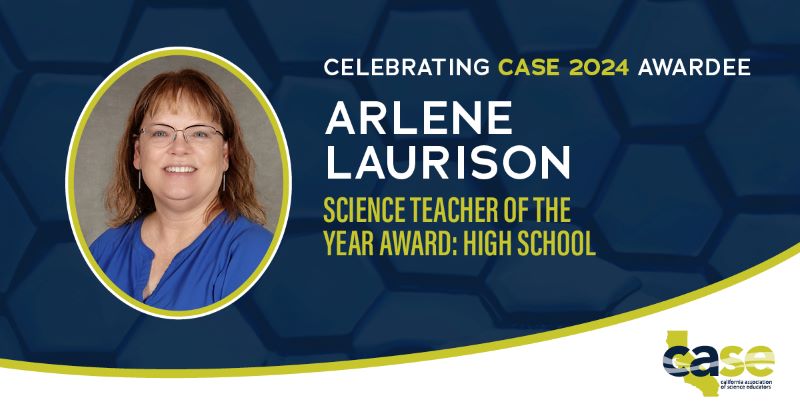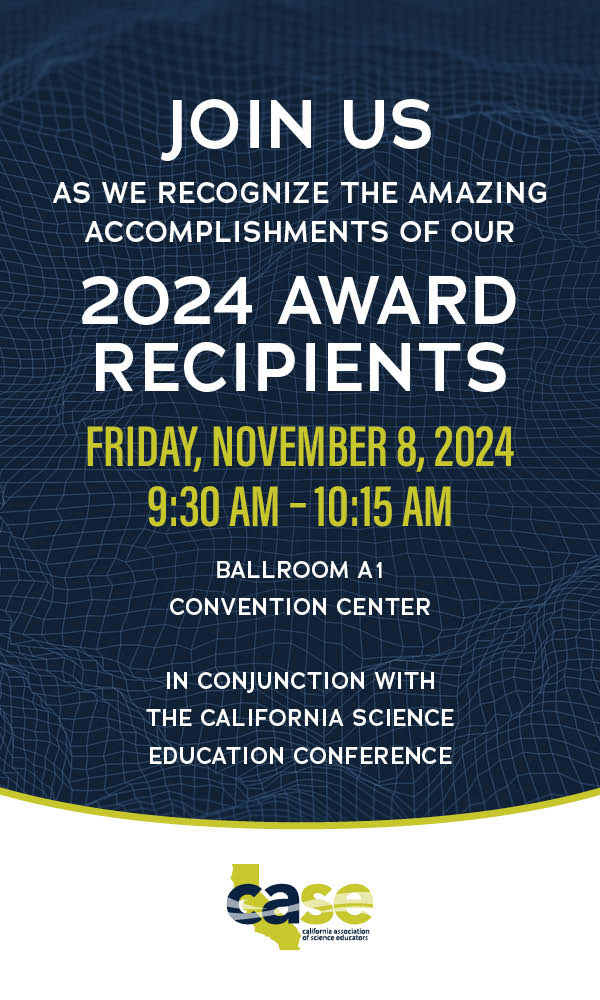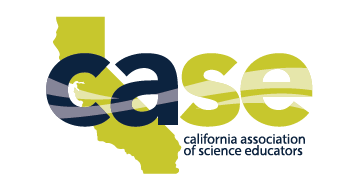
Teacher of the Year (High School): Arlene Laurison
Meet Arlene Laurison
I am deeply honored to be recognized for my contributions in and out of the classroom. This recognition means a great deal to me. It reflects the dedication and passion I bring to my work. I am also incredibly grateful to the individuals who took the time to nominate me, and those who have supported me. Their belief in my abilities is a constant source of motivation, and I am truly thankful for their confidence in me.

My teaching philosophy is rooted in my belief that a growth mindset improves learning for all students. By keeping abreast of the current research and educational techniques, I can create engaging learning experiences for all students. I attend conferences and continually read articles to improve the accessibility of the curriculum and my pedagogy. Being stagnant is not an option as the future of our students depends on my ability to prepare them for what lies ahead.
How do you incorporate real-world phenomena into your lessons to make science engaging and relevant for your students?
The knowledge I obtained while working as an environmental chemist for over 10 years in the private sector enables me to develop engaging student experiences. In addition, as a veteran teacher, I can gauge which phenomena will be successful. I teach Chemistry in the Earth Systems. Some of my current phenomena include volcanoes, sea level rise in the Delta, forest fires, and salt crystals (minerals). Student interests and requirements have changed over the years; I am always willing to change my curriculum to meet my students' ever-changing needs.
How do you support equitable grading and ensure that all students have multiple opportunities to demonstrate their learning?
My classes are conducted using mastery-based learning. I require students to demonstrate a thorough grasp of the subject matter before moving to the next topic. Students are assessed on their ability to apply what they’ve learned, with the opportunity to revisit and refine their understanding until they reach mastery. This fosters a growth mindset, where mistakes are seen as part of the learning process rather than failures. I provide continuous feedback and support, tailoring instruction to meet each student's needs. I have a “learning center” in my room that students may join when they need help or I pull them in to get assistance. This method promotes an engaging and collaborative environment where the entire class works to solve problems or explain phenomena.
You have made significant efforts to support science articulation with feeder elementary and middle schools. How do you facilitate collaboration among teachers across different grade levels, and what outcomes have you observed from these efforts?
Three aspects create a successful collaboration between teachers across different grade levels. These criteria are establishing a welcoming introduction, developing engaging opportunities, and ensuring the other teacher’s educational goals are met. The elementary and middle school teachers and administrators need to know that I am here to support them, not add more work. The biggest challenge is getting them to let me assist them. Once that hurdle is overcome, my colleagues and I create hands-on, age-appropriate activities for their event or lesson. Throughout this process, communication is key. It is important to listen to their needs. After a successful event, they are more apt to involve me in more events and ask for assistance in other areas of science education. I must keep the line of communication open and active. It is a lot of work, but it is worth it!
Quick Links
Exhibit Partner Package
Opening Soon
Join us at the 2025 California Science Education Conference, the premier event for science educators across California! This gathering is your chance to showcase your products, engage with educators, and maximize your impact through our exclusive Partner Program.


